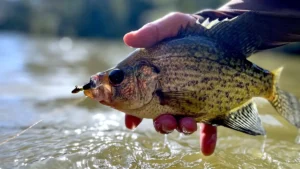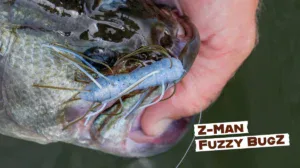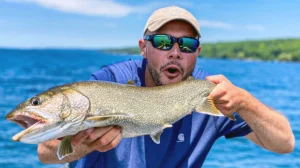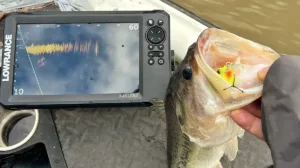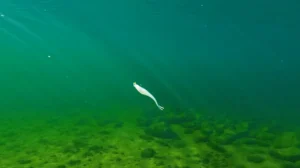Crappie fishing in the winter can be very productive and its one of my favorite times to chase crappie. They often group up, they don’t move much and they are somewhat predictable. While they are not quite as active as they are in the spring or fall and you have to adjust your techniques to fit their metabolism, there are several ways to maximize your efforts this time of year.
Here are 5 things many anglers don’t consider that can really help you catch crappie with simple jigs and a regular old crappie rod on a lake near you.

Transition 45-degree or steeper banks
I don’t troll for crappie and I don’t spider rig for crappie. So if I can’t catch them with one jig and one rod, then I’m probably going to fish for something else. That means I have to find fish in areas that fit the way I fish.
One of the things I’ve found is that stair-stepping rocky banks will hold black crappie in the winter. And I’ve found that many times I find these 45-degree sloping or bluff banks with stair steps down into the depths where the bank changes from a smaller rock to a larger rock. Those transitions are usually easy to spot as you see the bank goes from flatter to steeper and the rock changes to match the depth and angle change.
So I will pull into these swings and scan for crappie suspending off the swing. A lot of the time, there will be stumps or small brush piles off these banks that hold a ton of fish. I found this scenario a couple years ago and figured out the crappie were there with a jerkbait. Then proceeded to wear them out with a small hair jig.
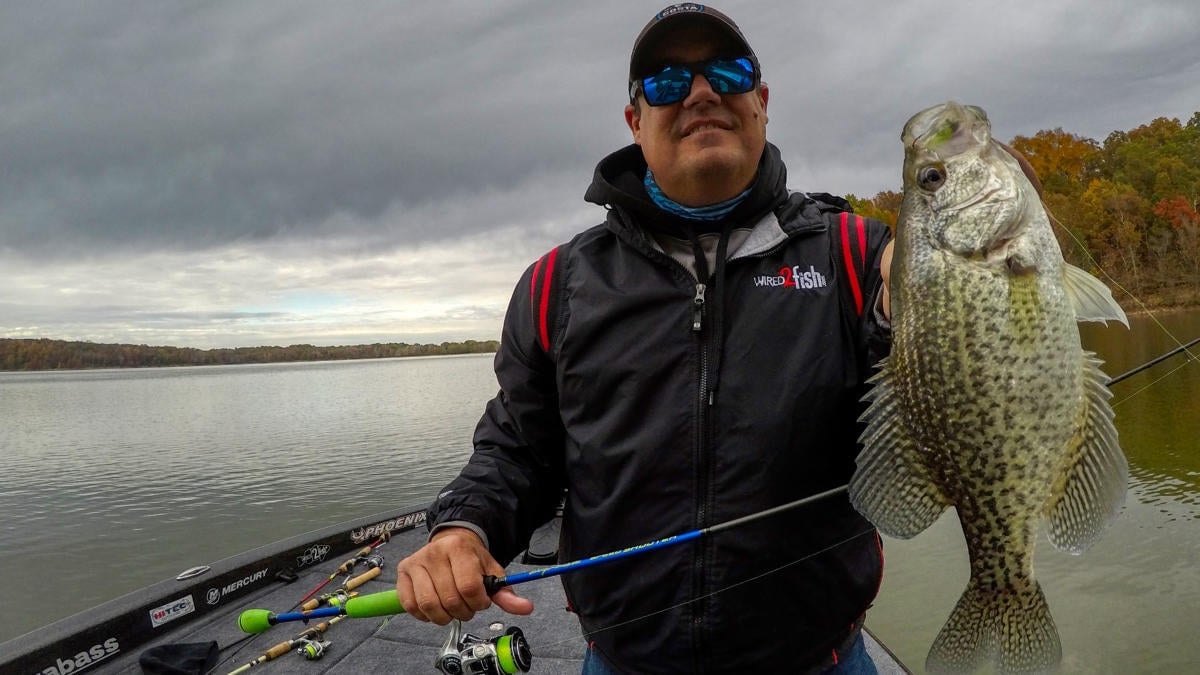
Pendulum the jig
When I find crappie on deep swings in the winter, I will often catch them by penduluming, or tightlining a jig down the slope. The trick is to get it to swing down the bank without actually hitting and snagging up in the rocks. So I will reel it some, but most of the time I just keep my rod up at about 10 o’clock. Then, with a slight bow in the line, I will stutter the fall or pop the slack and get the jig to stay up and then let it start swinging again.
I do this over deep brush too. It works wonders on those brush piles that are right on a break. It’s how I catch most of my crappie out of brush honestly. I hardly ever get right over the crappie. I sit off of them and “swing” a jig down through them. I have caught many limits out of big schools over there years by not getting too close to the brush and the fish and just tightlining my jig down through them.
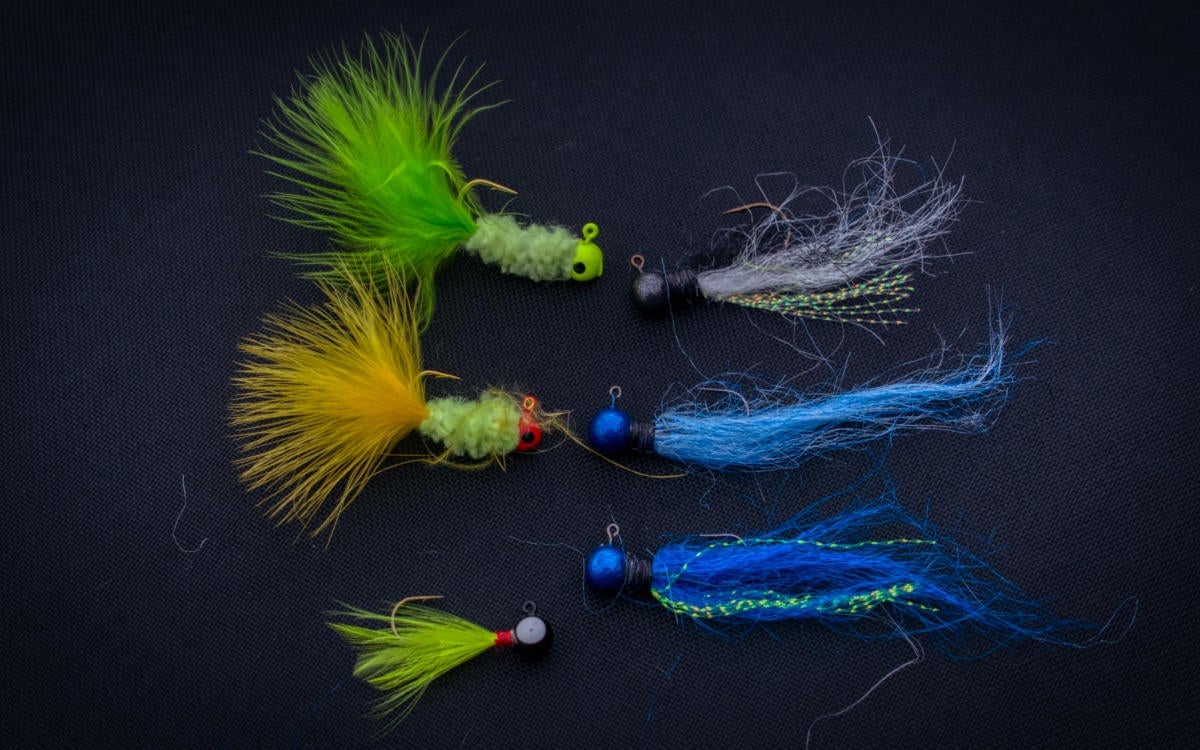
Hair jigs excel during winter
Hair jigs are very popular for catching crappie, especially in colder water. I think this has a lot to do with plastic can become rigid and not move as much in colder water. You can pulse or stutter a hair jig on the fall and it will open up and sort of “breathe” in the water. It just looks alive casted and pulsed, tight lined or even vertical fished in the winter.
A standard maribou jig has caught a lot of crappie, but there are a lot of other good hair and feather jig options out now. Some really creative stuff out there and some really good stuff coming this year from what I hear. I have had luck as well with jigs designed to catch fish on the float and fly technique.
Some jigs I have used include the Cumberland Pro Lures Float N Fly, Mr. Crappie Slab Daddy, SPRO Phat Fly and custom hand-tied ones from various tiers.
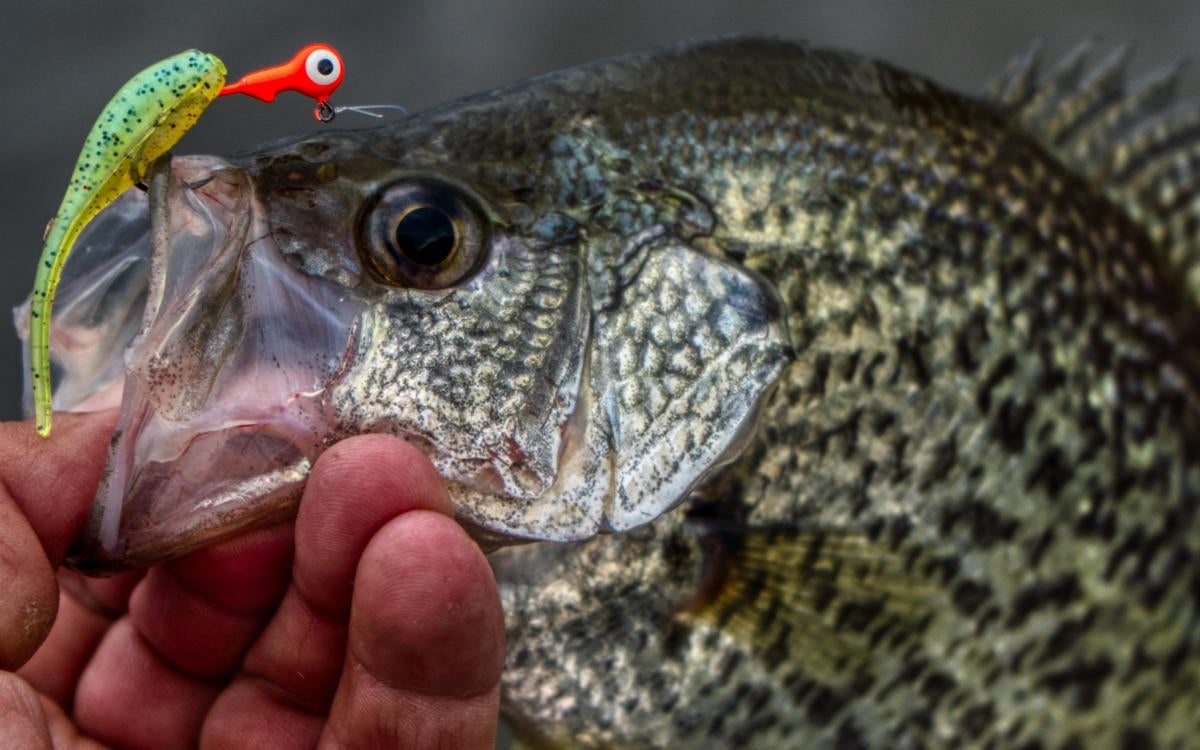
Tiny Tail Plastics
I still use plastics a lot for crappie fishing in the winter but I fish either a slender tapering tail like a Jenko Big T Fry Baby or a tube that has small tails that will still move in cold water. I fish the tube more when I’m fishing deep and vertical or under a slip bobber and not moving the bait much at all.
But if I’m tightlining on bluffs and 45-degree chunk rock banks, I’ll use that shad tail plastic. For some reason that little tail just is more enticing when the water is cold. It’s always moving. Just the slightest wave movement makes that tail move. You can shake your rod as you reel and make that tail vibrate in the water.

Slip bobber to more crappie
One last trick that works in the winter is using a slip bobber and incorporating the float ‘n’ fly technique with a small jig. Put on a bobber stop, a tiny bead to keep the bobber from getting stuck on the stopper, and then slide on a slip bobber before tying on your jig.
You set the stopper to how deep you want the jig to stay. You can then work the jig slowly at depth without having to move the jig much. You can also still tight line the jig with the bobber by pulling it along and then stopping and let the jig swing back under the bobber. As you pull or reel it in the bobber will go out behind the bobber and then when you stop it will swing back under it.
It’s very effective one bluff banks for me. If I know the crappie are say suspended at 15 feet. I set my stopper to 15 foot and then cast it out and work it slowly back to the boat through a school stopping as much as I want to let it hover in front of them.
With all of these jigs I pretty much stick with a 7 foot medium light Lew’s or Jenko Fishing rod with a 2000 spinning reel and 4 pound monofilament line. Most of the bites I get tightlining I see the line jump so I often use hi-viz line. I will often see the bobber come up and lay on its side when fishing crappie in the winter. Using a bobber that lays on its side when when it doesn’t have a jig pulling it down helps.
For more on catching crappie in the winter check out these other feature articles and videos:
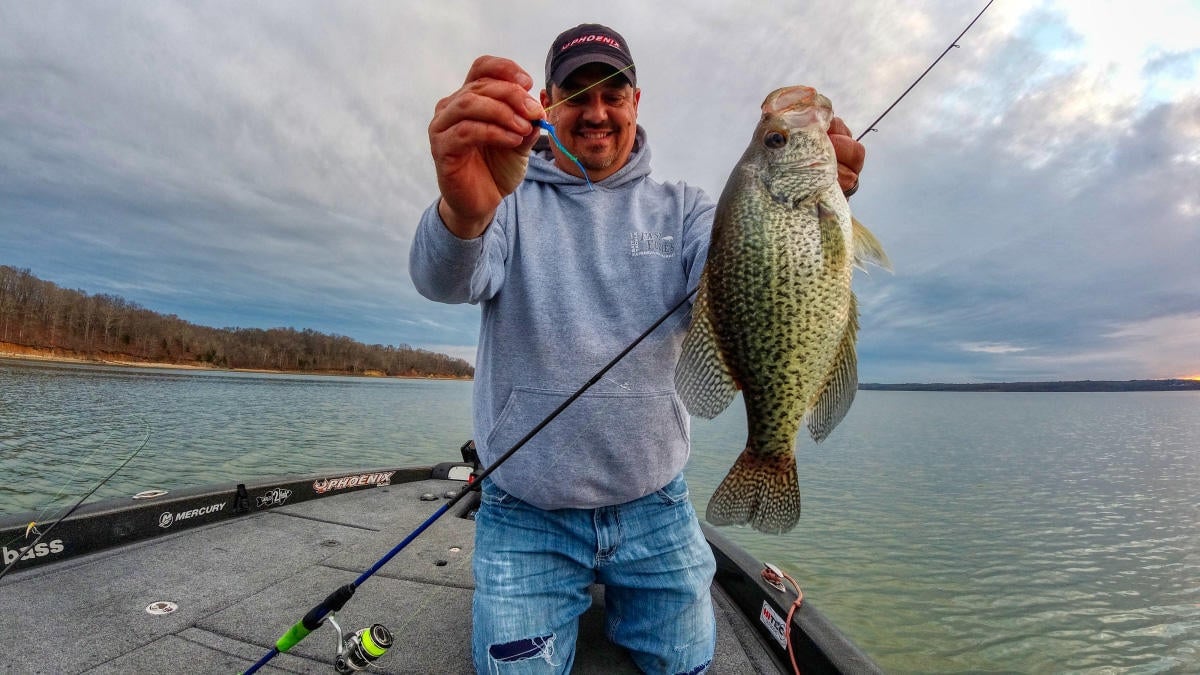
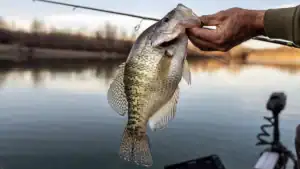
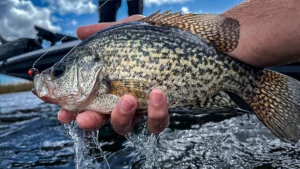
![[VIDEO] Filleting Bluegill Made Easy: Tips and Tricks](https://www.wired2fish.com/wp-content/uploads/2025/05/bluegill-cleaning-300x169.webp)
